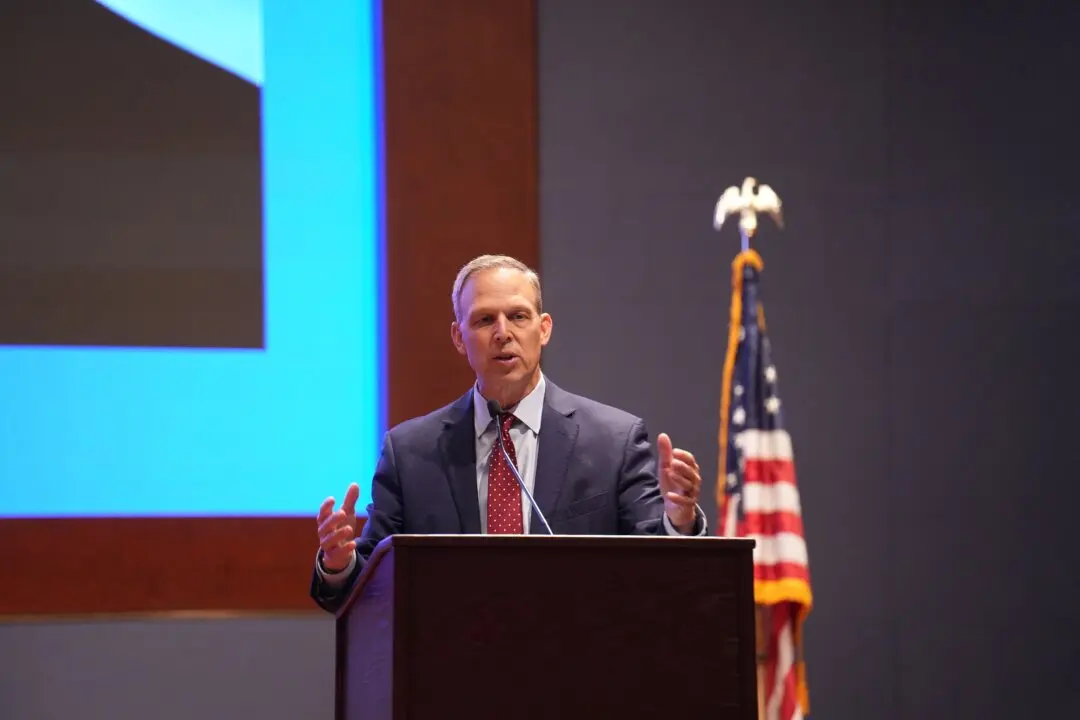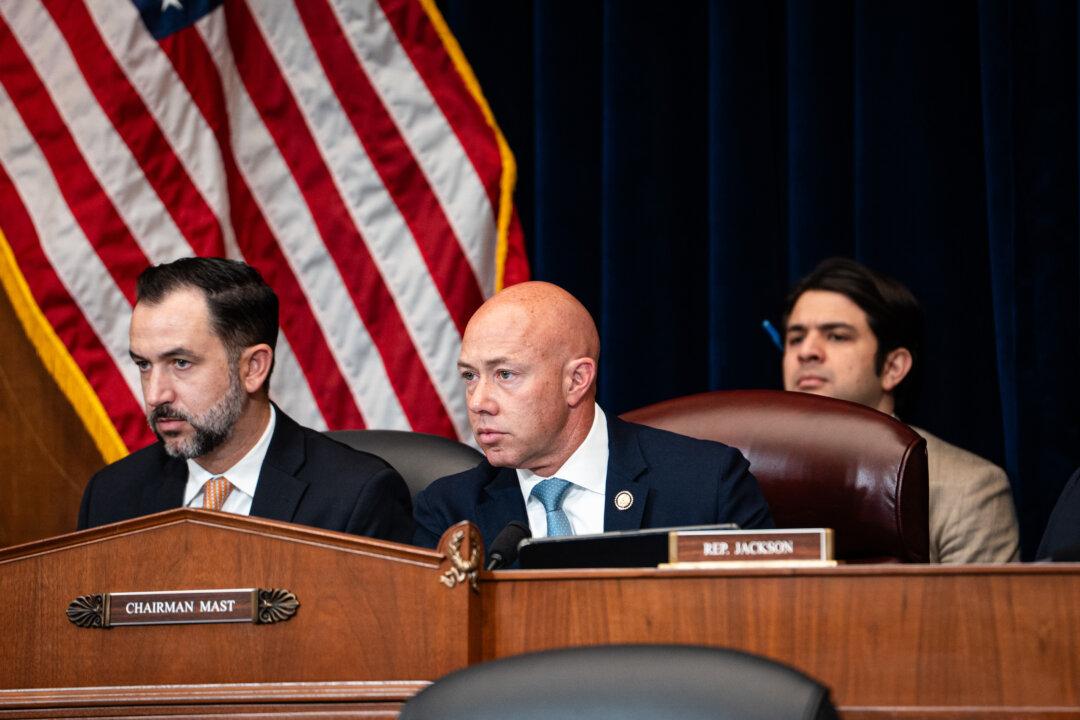Classical composer Luigi Boccherini was an Italian cellist, but he’s also known for a number of guitar quintets, including one that features the famous Spanish dance “Fandango” movement.
“Audiences go nuts, because there is a pacing to the movement that is so skillful and builds in such a way, with moments of relaxation and release ... there’s an excitement about it, by the time it gets to the end people just leap to their feet because they’ve had this journey that is at once exotic, Spanish, and just really exciting,” said the eminent classical guitarist Sharon Isbin, who can’t imagine getting tired of this well-worn piece.






